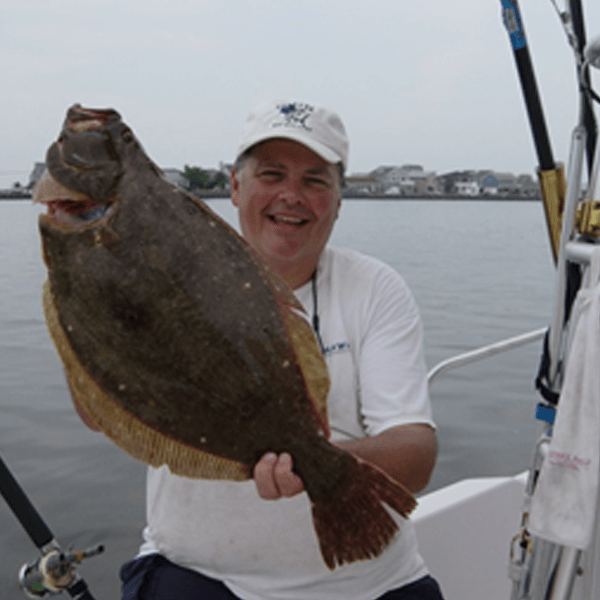As a professional chef and avid outdoorsman and fisherman, I take this topic very seriously as it is close to my heart. If you have ever listened to any of my podcasts, which are available here, you know that I talk a lot about the responsibility we have as chefs and restauranteurs in general. One of the most important responsibilities is to be good stewards of our natural resources and stay educated on the sustainability of food globally. Commercial fisherman, food manufacturers and chefs across the globe are all working together on ways to ensure a healthy and sustainable source of food from our oceans and waterways.
There are number of steps that can be taken from a menuing perspective to help ensure this critical source of life stays strong for all of us and for future generations. The first and easiest is for each of us to stay educated on the true health of various species. A quick internet search will tell you that fish like Atlantic Halibut, Orange Roughy, Bluefin Tuna and Beluga Sturgeon are all in jeopardy. We should be cautious and deliberate with how much these species and their byproducts are menued.
Let's face it, the selections we collectively as chefs offer on our menus inevitably create trends and excitement for the dining public. Staying well-informed with regard to the health of our oceans and waterways and species that have been mismanaged and oversold is critical. A great example is the offering of a fish marketed as Chilean Sea Bass. In truth, there is no such fish. The actual species are known as Patagonian or Antarctic Toothfish. The name, "Chilean Sea Bass" was invented by a fish wholesaler named Lee Lantz in 1977. He was looking for a name that would sound more attractive to the American market, in an effort to maximize sales.
As Patagonian and Arctic toothfish are delicious, in my opinion, they were grossly mismanaged on menus, which put them in a situation up becoming endangered. Chilean Sea Bass are inherently slow growing, and thus became prone to overfishing. The premium price they commanded spurred an unusually high amount of illegal fishing, which has fortunately declined with the support of a host of ecology groups like Greenpeace International, which in 2010, added the Patagonian toothfish to its seafood Red List.
The Greenpeace International seafood Red List is a list of fish that are commonly sold in supermarkets around the world, and which have a very high risk of being sourced from unsustainable fisheries. Another great resource and one that I use frequently is Monterey Bay Aquarium. Their Seafood Watch website offers a tremendous amount of information about making good seafood choices for your menus that utilized the best of sustainable fisheries. As chefs, we must be aware of the limits of sustainable sourcing, and not create our menus recklessly.

Another critical factor regarding sustainability is the consideration of exactly how fish are harvested as the various methods make unique impacts. Dredging, as an example, causes irreparable harm to the oceans. One of the major impacts of dredging and other forms of harvest is bycatch. Bycatch consists of the sea creatures that are caught unintentionally, this is often sea life other than the targeted species, or juveniles that are not ready for harvest. Albeit this catch is often thrown back, the mortality rate is significantly high.
Aquaculture or fish farming is another method which must be carefully monitored. Some cause little negative effects to the environment overall while others like net-pen farming poses major concerns.
Catching fish by means of hook and line and traps deliver far fewer negative effects to the ocean environment.
The last consideration is making best use of the fish we harvest for food, from head to tail. Trendy new cuts like roasted fish collars is a great example. Swapping out fish cheeks in place of scallops is another. As a professional chef and avid fisherman, I always carefully and meticulously scrape down the carcasses of my catch and utilize those scrapings in various dishes like poke, fish quenelles, and other delicious offerings. I also take the remaining fish bones and heads and make a simple fumé to be used in a variety of dishes. Using fish in this manner not only helps ecologically, but also adds a lot to your bottom line as it minimizes waste.
So, as you start the process of planning your next menu cycle, remember to stay well educated about responsibly sourced seafood. Try your best to utilize your fish from head to tail getting creative with your menu offerings and last but certainly not least always know that Custom Culinary® is here to help. We have a wide variety of ready to use sauces that pair perfectly with seafood such as our Beurre Blanc, Hollandaise, and Harissa; our Thai-Style Vegan Broth, as well as a selection of extremely high-quality seafood bases including shrimp, clam, crab, lobster, and more.
I leave you with this quote: “I believe that chefs have enough power to influence people to do the right thing by choosing sustainable seafood. It's just a question of telling others why and how.”
 Until next time and as always, “Be True to The Food”!
Until next time and as always, “Be True to The Food”!
Michael Smith, CEC, AAC
Corporate Executive Chef
Custom Culinary, Inc.
CRAVING MORE? CHECK OUT THESE SIMILAR POSTS

Chef's Perspective: Upcycled Cuisine
It’s exciting for chefs when we get to broaden our mindset beyond only using the most ideal parts of an ingredient and challenge ourselves to be creative with the entire ingredient.